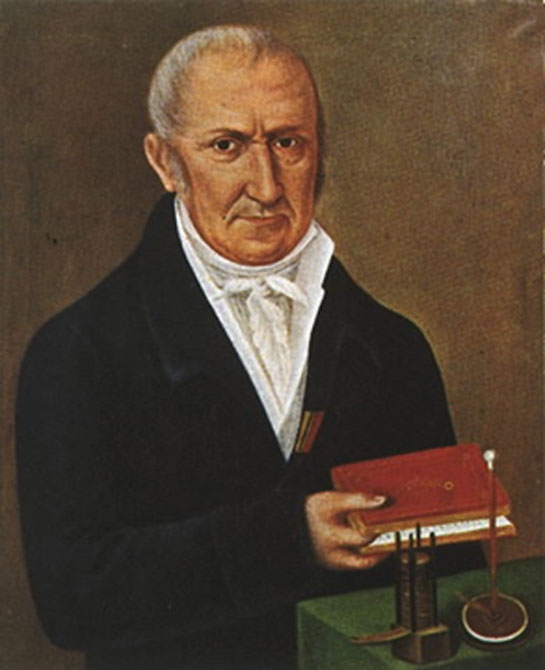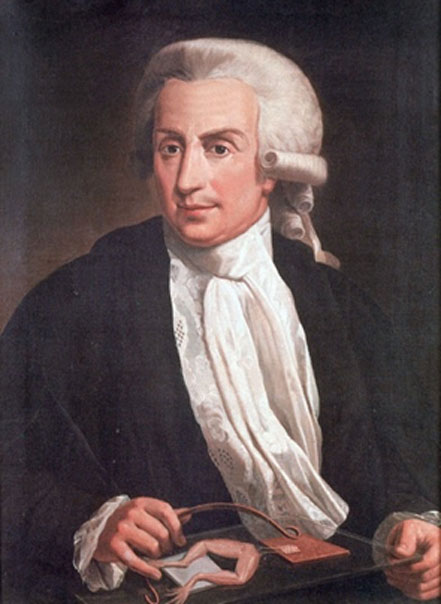
Thanatographia Imago Mortis: The History of Futuristic Forensics
Science fiction and laymen’s superstitions abound with the concept that the image of the killer is embedded in the retina of the victim. Thanatographia is the account of a person’s death experience and imago mortis is the hypothesis that the image imprinted on the retina after a violent death can remain there for a long time, almost as if the retina itself performed the task of the photosensitive emulsion of any photographic film or plate.

Alessandro Giuseppe Antonio Anastasio Volta (Public Domain)
Early 18th to Late 19th Century Forensic Experiments
To investigate the origin of this possibility one should return to some scientific experiments of the 18th century in Bologna, focused on the relationship between electricity and vital functions.
Alessandro Giuseppe Antonio Anastasio Volta (1745 - 1827) was an Italian physicist, chemist, and a pioneer of electricity and power, who is credited as the inventor of the electric battery. Volta was embroiled in a dispute with contemporary Luigi Galvani (1737 - 1798) over the true origin of the movements of the frogs, used by Galvani in his experiments.
At the time in Bologna, between the two schools of thought, the theory advanced by Volta prevailed, who saw in the spasmodic movements of the frogs sacrificed on the altar of science, only the effect produced by the contact of two metals, copper and zinc, within the muscle structures of the poor frogs. In such conditions, in fact, a difference in potential is created, of a fraction of a volt, due to the bimetallic pair able to stimulate for a moment the muscular apparatus of the frogs and give the impression that they are almost resurrected.

Luigi Galvani (1737-1798) (Public Domain)
In Bologna, Galvani's nephew, the physicist Giovanni Aldini (1762 - 1834), published his London study entitled: An account of the late improvements in Galvanism in which he describes his experiments with bimetallic arches, no longer intended to move the legs of innocent frogs, but the limbs of human corpses.
- List of Medieval Killers found Inscribed on Cathedral Wall may help solve Murder Mystery
- Forensic Scientists in Greece Have Recreated the Face of a 9,000-Year-Old Female Teenager
- Professor Lends Anatomy Expertise to Solve Ancient Mystery
Giovanni Aldini often set up shows in which - through electricity - he induced spasmodic, perhaps gruesome, movements of facial muscles, and muscles of the limbs in human beings who had recently passed on. One of his experiments was conducted in London in 1803, in which he publicly exhibited in corpore vivo (or corpore mortuo) his theories, giving a semblance of ephemeral 'life' to the corpse of a hanged man. The experiment was conducted at the Royal College of Surgeons on the corpse of George Foster. In front of an audience composed mainly of doctors, Aldini touched the various parts of the body of the corpse with metal rods, connected to electric batteries. When the rods touched the mouth and ears of the corpse, something horribly interesting manifested itself to the eyes of the bystanders: the facial muscles of the recently departed moved and twisted and his eyes opened wide giving the impression that the hanged man had returned from the 'Kingdom of the Dead'.




